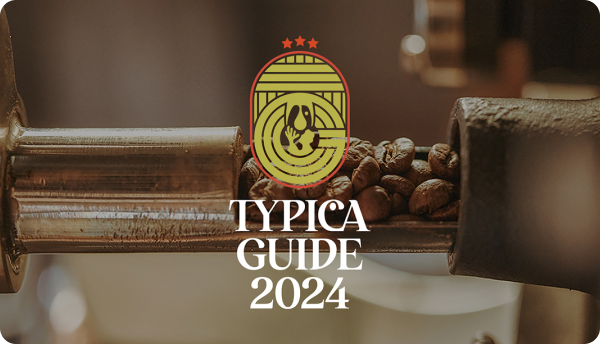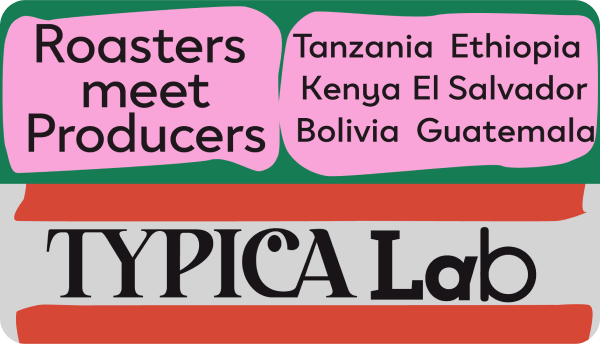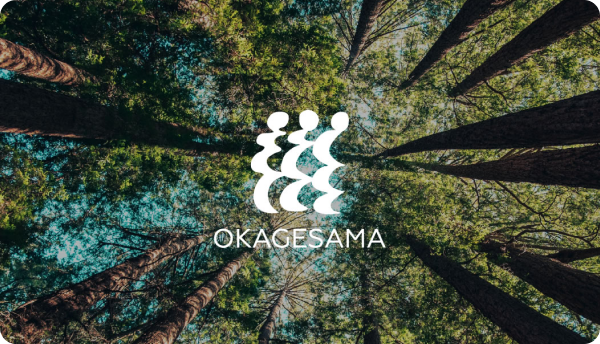
Indonesia

About Indonesia
Indonesia is a chain of more than 13,000 large and small islands which is the fourth most populous country in the world. It is a multi-ethnic country with more than 300 ethnic groups living together and more than 500 languages spoken, and has a slogan “Unity in Diversity” since the time of independence. Each island of Java, Sumatra, Sulawesi, and Bali has its own cultural diversity.
Hinduism was introduced in the first century B.C. and Buddhism was introduced in the seventh century and flourished for a while until Islam began to be accepted around the end of the thirteenth century. Islam took root mainly on the island of Java and today about 90% of the population in Indonesia is Muslim. However, the distribution of religions is very different depending on the island or area. In Bali, for example, Hindus make up 90% of the population. The official foundational philosophical theory of Indonesia Pancasila includes the principle of “Belief in the Almighty God.” This philosophical theory means that regardless of the religion you belong to, you are expected to believe in that one particular religion. In other words, not believing in any one particular religion is not tolerated. This approach to religion is codified under one of the principles of Pancasila “Unity in Diversity.”
One of the unique aspects of Indonesian culture is the way names are given when people are born. Many Indonesians don’t have a last name; others have any number of names. Some people have only one name while others have six. For example, the first president of Indonesia had only one name, Sukarno. This is an expression of the culture which values both matrilineal and patrilineal families.


History of Indonesia
The Dutch East India Company landed on the island of Java in the 16th century and Dutch colonial rule began. Dutch rule lasted for about 340 years until the Japanese Imperial Army invaded Indonesia in 1942 in the midst of the Pacific War. From 1942-1945, the Imperial Japanese Army occupied Indonesia but it is said that Indonesians enthusiastically welcomed the Japanese. The Imperial Japanese Army respected Indonesians by establishing an education system for them and made Indonesian the official language. Having said that, we should remember that there was also forced labor and violent domination by the Imperial Japanese Army behind the scenes.
In 1945, the country’s first president Sukarno led the newly independent Indonesia. Sukarno was known as a pro-Japanese person having taken a Japanese woman Devi Soekarno as his third wife.

Natural Environment in Indonesia
Indonesia is home to one of the largest tropical rainforests in Asia. In fact, the rainforests of Sumatra are registered as a World Heritage Site. At the same time, Indonesia is one of the countries that is losing its rainforests at the fastest rate with more than half of its rainforests disappearing in the past thirty years. The main reason for this is development by the paper and palm oil industries. It is said that about 80% of the deforestation in Indonesia is done illegally for development. The reality is that land is inappropriately cleared under the guise of forest fires.
Indonesia’s biodiversity is said to be one of the best in the world. The loss of Indonesia’s tropical rainforests would be a loss at a global level. The Norwegian government has taken the lead in stopping this situation. The Norwegian government entered a forest protection partnership with Indonesia in 2010 and agreed to provide one billion dollars in funding as an exchange. The agreement included a moratorium on new development in certain forests and peatlands. After three extensions this measure was made permanent in 2019 and, although some progress has been made, only 10% of the forests have been protected by this measure. Specialty coffees produced in harmony with the natural environment through agricultural agroforestry are expected to provide a solution to this trade-off between economic development and the natural environment.


Coffee Production in Indonesia
The Dutch brought coffee plants from India to Indonesia at the end of the 17th century actually earlier than they were introduced in Central and South America. Indonesia can be said to be the oldest of the world’s three major coffee production areas. The Java variety, which is also cultivated in Central and South America, was brought directly from Ethiopia to an island of Java by the Dutch in the early 19th century and spread throughout the world from there. Indonesia’s coffee production is the fourth largest in the world. Its brands Mandheling, Toraja, and Java have long been known in Japan. Most of the coffee produced in Indonesia is Robusta variety, but the Arabica variety in particular has been developing in recent years. There are almost no large-scale farms and more than 95% of the coffee is produced by small-scale producers.

Although the altitude of coffee production areas in Indonesia is not as high as in Central and South America or Africa, the climatic conditions and processing methods produce a unique terroir. For example, the Sumatra method “wet-hull” is a processing method unique to Indonesia. Normally, after the pulp of the coffee cherry is removed and the mucilage is removed after fermentation and the parchment is completely dried and threshed. However, in the Sumatran method, the parchment is threshed with a certain amount of moisture still left. This method was developed to allow processing as quickly as possible under the hot and humid climate conditions and lessened the risk of damaging green coffee during the threshing process. Because the moisture content lasts for a long time, the bright acidity is lost and the coffee becomes full-bodied, sweet, and sometimes has an earthy flavor. In other words, this is the terroir that is unique to Indonesia. Other processing methods like “washed” coffee have become common nowadays, but there is of course the idea of enjoying Sumatra-style flavors in Indonesia.
In addition, there are many hybrid coffee varieties grown in Indonesia. Because Indonesia has been a trading hub for many years, coffee was brought from all over the world including from Ethiopia, India, and East Timor, and coffees were crossbred with those from these countries. Because of the lack of high altitude, Indonesian producers were continuously plagued by diseases; they tried to reduce the risk of disease through crossbreeding.

Although Indonesia is one of the world’s three largest coffee-producing regions, the number of specialty coffee producers is still not that large, but Indonesia’s specialty coffee industry is expected to grow in the future. The earthy and herbal terroir unique to Indonesia that is tasted in the sophisticated and clean cup, in addition to the fruity and floral flavor profile, will give new enjoyment to specialty coffee fans. Such a change in the market will surely have an impact on Indonesia’s economy and the natural environment.








